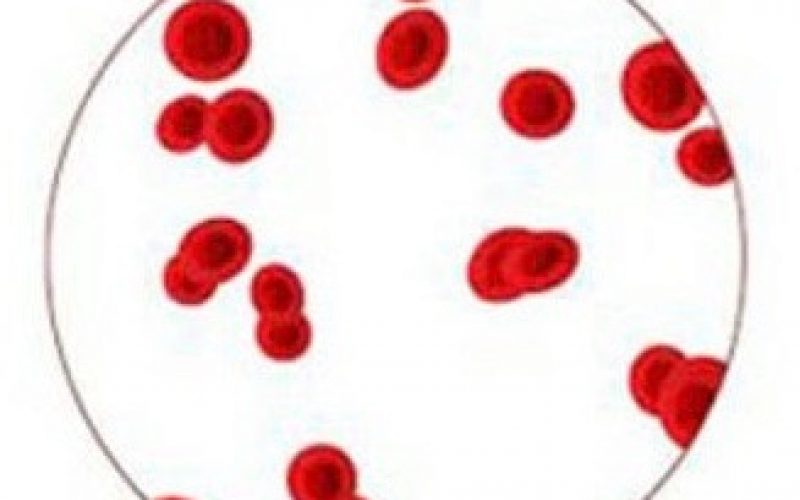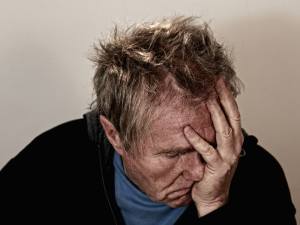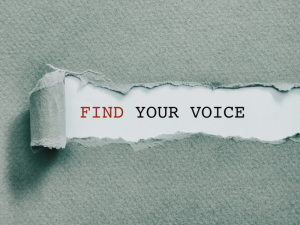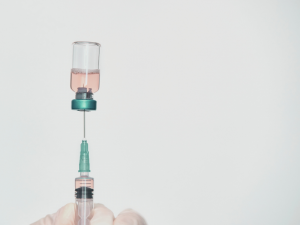Do you struggle to get through the day? Or get breathless, sluggish and weak doing everyday activities? These could be signs of anaemia. Anaemia leads to poor circulation of oxygen around the body and sometimes causes complications, although it’s rare, anaemia that remains untreated can even become deadly.
Anaemia is a medical condition that occurs when blood has a lower than a normal number of red blood cells (RBCs) or if red blood cells don’t have enough haemoglobin. Haemoglobin is an iron-rich protein that gives blood its red colour. It helps cells carry oxygen around the body and deliver it to tissues and organs.
Considering the seriousness of anaemia and how common it is among certain age groups, for example, women during reproductive years or adults with existing health conditions are over 65, there is often a delay in diagnosis as people don’t realise they have the condition.
Anaemia Causes
There are three main reasons people develop anaemia
- Inadequate production of red blood cells.
- Blood loss due to injury, menstruation or other causes of bleeding.
- Immune system destroying the red blood cells due to illness or disease.
Risk factors
- Deficiency in iron or vitamin B12.
- Women develop anaemia more often than men do.
- Research shows people over 65 are more likely to develop anaemia.
- Long-term use of over-the-counter pain relievers, aspirin, ibuprofen
- Pregnancy can also increase the risk for anaemia.
- Inflammatory bowel disease, Crohn’s disease, or an ulcer disrupts nutrient absorption,
- Autoimmune conditions such as rheumatoid arthritis, lupus kidney disease or cancer can cause anaemia.
- There are other medical conditions which can cause defective haemoglobin or low production of red blood cells, such as Sickle Cell Anaemia, Thalassaemia, Aplastic Anaemia and Leukaemia.
Symptoms of iron deficiency include
- Fatigue
- Weakness
- Pale skin
- A fast or irregular heartbeat
- Shortness of breath, trouble breathing, low stamina and reduced endurance
- Chest pains
- Dizziness or loss of stability
- Cognitive problems, including brain fog, difficulty concentrating and trouble getting work done
- Cold hands and feet or other signs of body temperature changes
- Hair loss
- Headaches
Its worth noting anaemia can be so mild it often goes unnoticed.
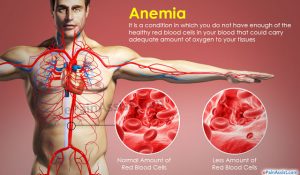
Diet and Anaemia
- To keep iron stores optimal consume foods rich in Iron and B vitamins. The best sources of heme iron (the more absorbable form) in the diet include lean meat, liver (beef and chicken) and seafood.
- Other sources include nuts, beans, vegetables and fortified grain products.
- Brewer’s yeast high in folic acid, vitamin 12, and iron.
- Green leafy vegetables can be useful sources but are best eaten steamed, as many (raw spinach) are high in oxalic acid, which can reduce iron absorption.
- Blackstrap molasses is an excellent source of iron.
Tip; Vitamin C helps with iron absorption try to include a source of vitamin C at that same meal
- For vegetarians, vegans, people living with long-term stress and menstruating women taking a supplement might be the best option to bring stores up to optimal levels. There are tablets, liquids and gut-friendly iron-rich water.
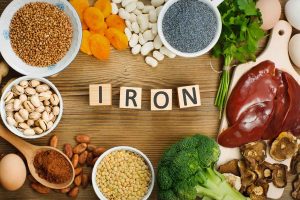
Health notice;
Although anaemia can be managed at home by making diet and lifestyle changes and taking supplements. it’s also a good idea to talk with your doctor if you suspect you have anaemia as these symptoms could be a serious illness.
Disclaimer:
Please note: This is for guidance only, it should not be regarded as a substitute for medical advice, diagnosis or treatment given in person by an appropriately trained health professional.
SaveSave
SaveSave
SaveSave
SaveSave
SaveSave

